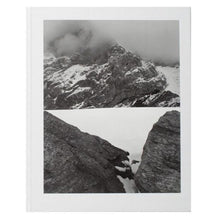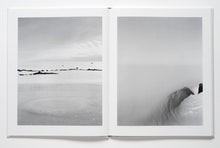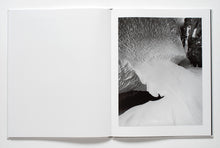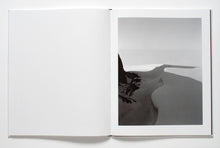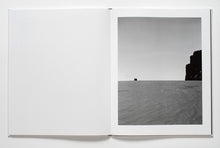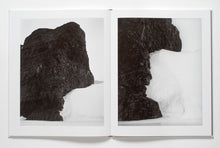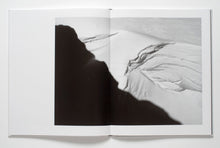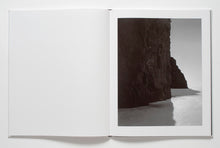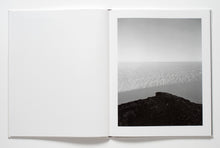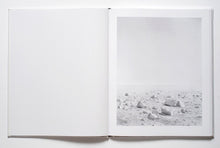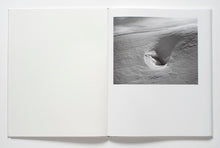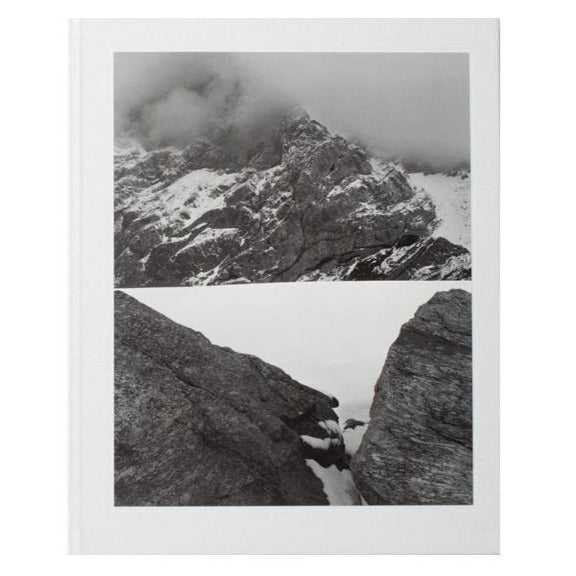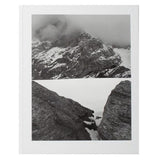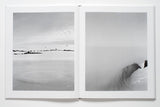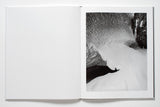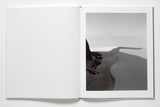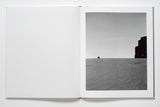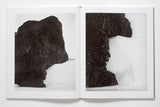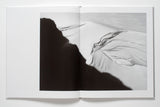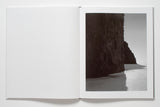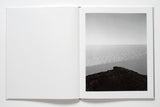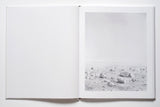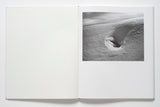Hardcover
cloth bound
second edition
Text by Thorbjörn Andersson (Swedish / English)
design by Tony Cederteg.
In late autumn 2001, through a grant from the Swedish Polar Research Secretariat, Gerry Johansson left Cape Town together with a scientific expedition on board a Russian troop carrier aircraft, a Tupolev, taking them due south to a Russian base camp. From there, they travelled by an old, refurbished DC3 to the Nunataken base at Queen Maud Land in the Antarctic. Gerry Johansson was equipped with a large-format camera for 8x10 inch negatives. A camera that could turn out to be a veritable wind-catcher in bad weather.
The Antarctic is as cold as it sounds, the butter stored in containers, which formed part of their diet, had a sell-by date in 1998. And the camera shutter was affected by the cold and got sluggish. Moreover, if you didn’t have a cold when you came, you wouldn’t get one there, because no infectious germs can exist at those temperatures.
It was a hostile landscape, with long, deep rifts in the ice, around which the expedition had to make long detours on their snow scooters. The glaring light made it hard to gauge distances and heights. What looked like a rock fifty metres off could just as well be a mountaintop rising over the ice plain – many miles away. The sunlight reflected by the white landscape also required special attention to exposure, and it was vital to calculate both shutter times and developing times meticulously.












